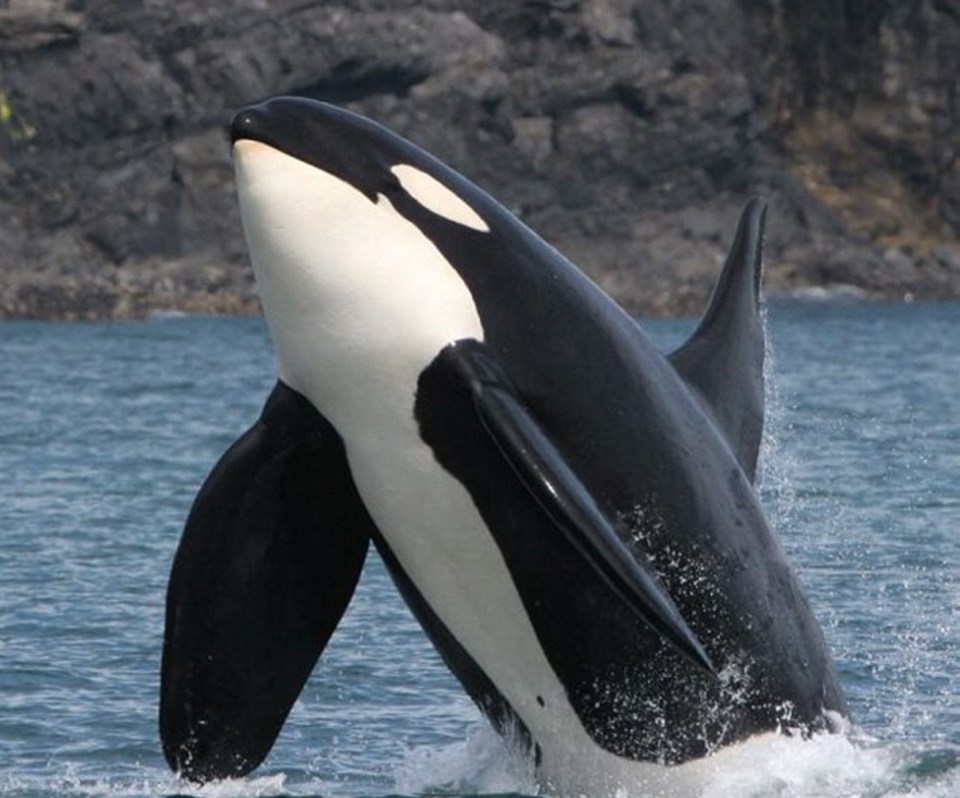The California Coastal Commission has approved Seaworld’s proposed expansion of tanks it uses to hold orcas, but has banned the theme park from breeding the mammals. A Seaworld official says a ban on breeding orcas “would sentence these animals to a slow extinction in our care.”
Perhaps it is time that orcas — also known as killer whales — should no longer be held in tanks and pools that could never match the open ocean that is their habitat.
About 60 orcas are held captive around the world to provide entertainment in theme parks, where they are the star attractions.
It’s not hard to understand why — these animals are magnificent for their sheer size and striking black-and-white colouring. They are known for their intelligence, trainability and playfulness.
But that playfulness can be deceiving. Attacks by wild orcas on humans are rare, but captive orcas have attacked nearly two dozen people since the 1970s, according to a 2006 ABC News report.
Tilikum, one of the world’s best-known orcas, has been involved in the deaths of three people since his capture near Iceland in 1983. The first was in 1991 when he and two other orcas at Oak Bay’s Sealand of the Pacific grabbed a 20-year-old trainer, tossed her around and drowned her. Tilikum was involved in two other human deaths at Seaworld in Orlando, Florida, one in 1999 and one in 2010.
The deaths prompted some to argue that Tilikum was dangerous and should be killed.
Many more people said Tilikum and the other captive orcas should be released. Their treatment is cruel and unnecessary, they maintained. It is also inherently dangerous, they say, citing attacks on humans.
Seaworld and other defenders argued that the orcas aren’t mistreated and that theme parks raise public awareness about the animals. Getting rid of captive orcas would seriously affect theme parks’ profits, perhaps even their existence.
But is it right to confine these large animals in small spaces? No matter how well the facilities are designed, they cannot approximate the conditions the animals need to survive and thrive. A wild orca might swim 150 kilometres in one day — no aquarium can offer that opportunity.
Confinement results in health problems, one of the most obvious being collapsed dorsal fins that result from lack of exercise and an artificial diet.
In the wild, orcas have strong lifetime social bonds. If conflicts with other orcas occur, they have the space to flee. In captivity, they are forced to live together in confined spaces, and fights occur that can lead to injuries and death.
About three-quarters of the world’s captive orcas were bred in captivity, so would not have known life in the open ocean, but they are still confined in unnatural spaces and don’t have access to their natural food sources. They are subject to stress and anxiety from being imprisoned. Being born in captivity does not change their needs and nature.
One justification for keeping orcas captive is that it offers opportunities to study the animals closely, as well as raising public awareness.
But they are not particularly elusive creatures — ask kayakers and ferry passengers who have seen killer whales leaping out of the water in the Strait of Georgia. Far more can be learned from studying them in their own world than confining them in ours.
Some countries have rightly restricted or prohibited the capture of orcas. California has gone the next step by banning captive breeding.
With all the technology available today, there’s ample opportunity to see excellent footage of orcas in their natural environment.
We don’t need to make them prisoners to appreciate them and know them better.



